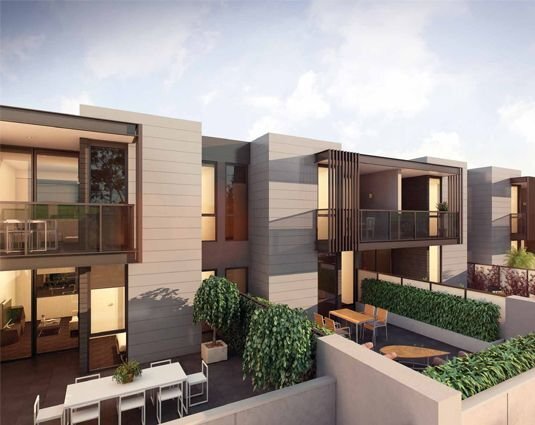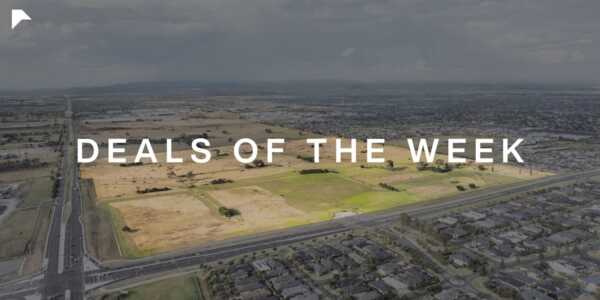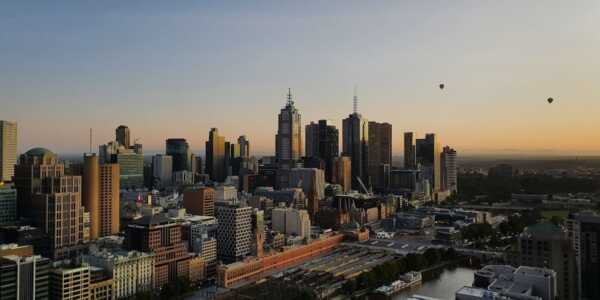Selecting a development site is both an art and a science. Art in the sense that you as a developer need to visualise and develop an early sense that the site under consideration has potential to create something special and unique. Science in the sense that you need to know the facts and numbers for each suburb, street and locality – comparable sales, rental yield, upcoming new supply, historical median property price movements and future government planning policies and strategies that may affect your site. This applies both to small townhouse sites, up to the very large and complex mixed use and high rise sites.
Our company is based in Australia, and a lot of the examples below relate to an Australian context. However, these ideas are universally applicable across different countries.
We believe there are several topics worthy of discussion in the topic of site selection
1. How do we get access to the best sites at an appropriate price?
2. What should you look out for when reviewing development sites?
3. How do we negotiate the best terms for the site?
Access to sites
This is probably the most important first step of the process. Where are the best sites and how do we gain access to appropriately priced sites? Too often, especially in today’s heated market in Australia, many sites are severely overpriced, with vendor’s expectations well above what a diligent developer would pay for. On a weekly basis, our company comes across approximately 10 sites, and it would be fair to say that 9 of them are either overpriced, or have some hidden with them. This last remaining site is competitively sought after by the whole industry, especially if it is openly listed online or has a formal campaign. You may then ask, how does one ever acquire the appropriate site?
Our advice is focus on off market, or private sale sites. Not every vendor wants to auction sites. And these sites do not necessarily rest with established real estate agency companies. Often smaller brokers, accountants and wealth planners deal directly with their developer clients and hence would have first-hand knowledge of new sites for sale. Build your network as broad as possible and surround yourself with trustworthy channels with whom you have close relationships. Clearly define your site criteria (budget, location, zoning) so that your channels can source and filter through sites before recommending them to you.
Also find out who really has the authority directly with the vendor to sell the site. I have seen this scenario too many times – where an agent tells you that a site is asking for
$10mil, and you trust that this is the vendor’s asking price. When you do your analysis, the site is really worth $8.5mil, hence you don’t bother negotiating because you think it is overpriced. What you don’t know is that the agent is already the third “layer” agent getting this site. The direct authority agent works off a very small commission, not enough to share with all parties. As such, the second layer agent tops up with $1mil, and the third layer tops up another $1mil. Both top ups are to account for their share of the commission pie! The top-ups can be very ridiculous at times, depending on the greediness of the respective agents. So in reality, the vendor is really only asking $8mil, and you are being told the site is asking $10mil! Ask for paperwork to show that the agent has exclusive authority. If he can’t produce it, it is most likely that the agent is already part of many “layers”!
Some good development sites can be sourced directly through a specialist buyer’s agent, but there is an additional cost involved. Also, in some circumstances with larger and more complex sites, request that you meet directly with the vendor together with the agent, so that any technical questions can be resolved and negotiations can take place openly. Don’t rely on the agent as the “postman” communicator, as the message may get lost in translation, and to be honest, most agents cannot be fully relied upon to follow up on your case.
Criteria for good development sites
Our company firmly believes that to be successful, your will need to have local on the ground understanding of each area and locality, or work with a trusted partner in sourcing sites.
What determines a good development site is quite subjective, but typically has the following characteristics:
1. Good square site dimensions with wide street frontage if possible
2. Corner sites are typically preferred, as they have wider street frontage and reduced setback requirements, hence allowing for more GFA
3. Favourable interfaces with adjoining properties – good setback, minimal overlooking from adjacent sites, and complementary existing building height and scale
4. Location, location, location – good close, but not necessarily immediate direct access to public transport, lifestyle amenities, shops, schools and parks. In Australia, having some visual or physical access to beaches or water will also be highly attractive. The relative importance of these factors will highly depend on the specific suburb profile and target buyer market
5. Orientation – preference for north and east facing residences with expansive open views at high levels
6. Absence of major trees which require extensive tree protection zones, Pay attention to adjoining neighbour trees as well
7. For low density developments, very flat sites are not desirable, and neither are very sloping sites. A gentle slope is preferable, with a more interesting external design and undercroft areas which allows for a much more creative internal design. Occupant privacy and direct overlooking is also reduced due to the natural slope. For high rise developments, this is not such a big issue
8. Know the local area intimately. An apparently “good” suburb has both nice areas and less desirable streets. The converse also applies. You really need to go to the site yourself, drive around neighbouring streets and get a sense of the local area. You may get a situation whereby a particular street is perfect for development with interesting streetscape, but the immediately adjoining street is completely undesirable with run down residences. Looking at a map alone and Google Earth will not assist you. Also get advice from trusted advisors, agents and other developers.
Obviously, if a site satisfies all the above criteria, it is most likely sought after by many developers and will command a very high price! It is up to the developer to decide which are most important criteria for the development and manage the design around any shortcomings.
Negotiating a deal
The art of negotiation is perfected with practice over time. There are many approaches to negotiation, but the essence is perspective taking – the ability to read the vendor’s intentions and expectations so you know when to make appropriate concessions, and when to push harder.
First,
determine what items actually can be negotiated. Typically these include price, settlement
terms, conditions precedent (subject to due diligence, finance, FIRB approval,
town planning approval, lease renewal etc).
Price is not always the only factor, though it is always the most
important factor. In a recent site
purchase, we were able to secure a site for the second highest price! How did we do that? We ask a lot of questions – we found out that
the vendor wanted money quick and desired a quick settlement. Other buyers were offering 4 month
settlement. I was able to offer 2 month
settlement, but at a slightly lower price that the highest bid. This proved very successful – the vendor
decided that the small price difference was not worth as much as 2 months’ time
difference. In the end, we came out on
top.
Pull different strings depending on the particular situation. Whilst most vendors typically desire the highest price possible, this works in favour of the buyer at times. Make a high price offer, but demand a long settlement period. After all, every delayed day in settling the remaining 90% price, is money gained from saved interest and time costs. Propose an early release of 10% deposit upon an unconditional contract, so the vendor can access the 10% earlier. Subject the offer to due diligence, which buys you further time. Negotiate option agreements if possible for larger and complex sites. There are many tactics and strategies in this, and if you work with a good agent, they will guide you along the way. After all, the agent is probably the most eager person to settle the sale!
We hope this is a good brief guide guide to site selection, and good luck with your search! STM Developments provide initial development site assessment services and we would be more than happy to assist first time developers in Australia to determine the best locations for sites.
Prepared by:
Managing Director: Simon Lee










